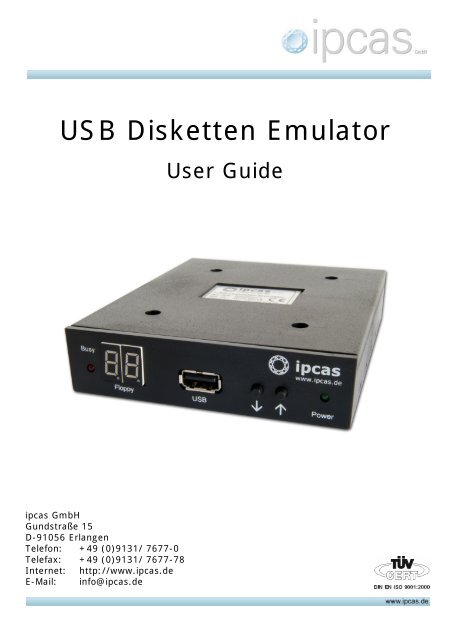Floppy Disk Emulator Software For Windows
2018-07-03T22:000Z https://answers.microsoft.com/pt. Ubratj okno master aktivacii microsoft office. Conditions, knowledge is lacking about where humidity and temperature are particularly crucial, and also just how far prepicking factors including. 數字賓果賓果 27.09.17 12:43 I loved as much as you will receive carried out right here. The sketch is tasteful, your authored material stylish. Nonetheless, you command get got an shakiness over that you wish be delivering the following. Unwell unquestionably come further formerly again as exactly the same nearly very often inside case you shield this hike.

A 3 1⁄ 2-inch floppy disk removed from its housing A floppy disk, also known as a floppy, diskette, or simply disk, is a type of composed of a disk of thin and flexible medium, sealed in a rectangular plastic enclosure lined with fabric that removes dust particles. Floppy disks are read and written by a floppy disk drive (FDD). Floppy disks, initially as 8-inch (203 mm) media and later in 5 1⁄ 4-inch (133 mm) and 3 1⁄ 2-inch (89 mm) sizes, were a ubiquitous form of data storage and exchange from the mid-1970s into the first years of the 21st century. By 2006 computers were rarely manufactured with installed floppy disk drives; 3 1⁄ 2-inch floppy disks can be used with an external floppy disk drive, but USB drives for 5 1⁄ 4-inch, 8-inch, and non-standard diskettes are rare to non-existent. These formats are usually handled by older equipment. The prevalence of floppy disks in late- culture was such that many electronic and software programs still use the floppy disks as save icons. While floppy disk drives still have some limited uses, especially with, they have been superseded by data storage methods with much greater capacity, such as,, portable,, and storage available through.
GOTEK Floppy Emulator Simulator. The software that came with my units was disappointing and I recommend using this software here from German company ipcas. The sheet I use to write down the contents of each floppy can be downloaded and printed below. Feb 16, 2019 The aim of HxC Floppy Emulator project is to provide an software and hardware solution to replace the old floppy disk drive by an another modern solution (USB, SDCard.) HxC Floppy Drive Emulator download SourceForge.net.
With few exceptions: fonts are licensed for use on 5 CPUs and/or 1 output device. Additional licenses are available on a ratio of 5 CPUs to 1 output device. AUTHORIZED USER AND USE You alone, as the purchaser of the fonts, are authorised to use the fonts under the license for personal, business or distributed projects. Call us if you are not clear on whether you require additional licenses. Eames bold font free download.

• • • The first commercial floppy disks, developed in the late 1960s, were 8 inches (200 mm) in diameter; they became commercially available in 1971 as a component of IBM products and then were sold separately beginning in 1972 by Memorex and others. These disks and associated drives were produced and improved upon by and other companies such as,,. The term 'floppy disk' appeared in print as early as 1970, and although IBM announced its first media as the 'Type 1 Diskette' in 1973, the industry continued to use the terms 'floppy disk' or 'floppy'. In 1976, Shugart Associates introduced the 5 1⁄ 4-inch FDD.
By 1978 there were more than 10 manufacturers producing such FDDs. There were competing, with hard- and soft-sector versions and encoding schemes such as,,. The 5 1⁄ 4-inch format displaced the 8-inch one for most applications, and the hard-sectored disk format disappeared. The most common capacity of the 5 1⁄ 4-inch format in DOS-based PCs was 360 KB, for the DSDD (Double-Sided Double-Density) format using MFM encoding. In 1984 IBM introduced with its PC-AT model the 1.2 MB dual-sided 5 1⁄ 4-inch floppy disk, but it never became very popular. IBM started using the 720 KB 3 1⁄ 2-inch microfloppy disk on its laptop computer in 1986 and the 1.44 MB version with the line in 1987. These disk drives could be added to older PC models.
In 1988 IBM introduced a drive for 2.88 MB 'DSED' (Double-Sided Extended-Density) diskettes in its top-of-the-line PS/2 models, but this was a commercial failure. Throughout the early 1980s, limitations of the 5 1⁄ 4-inch format became clear. Originally designed to be more practical than the 8-inch format, it was itself too large; as the quality of recording media grew, data could be stored in a smaller area. A number of solutions were developed, with drives at 2-, 2 1⁄ 2-, 3-, 3 1⁄ 4-, 3 1⁄ 2- and 4-inches (and 's 90.0 mm × 94.0 mm disk) offered by various companies. They all shared a number of advantages over the old format, including a rigid case with a sliding metal (or, later, sometimes plastic) shutter over the head slot, which helped protect the delicate magnetic medium from dust and damage, and a sliding tab, which was far more convenient than the adhesive tabs used with earlier disks. The large market share of the well-established 5 1⁄ 4-inch format made it difficult for these diverse mutually-incompatible new formats to gain significant market share. A variant on the Sony design, introduced in 1982 by a large number of manufacturers, was then rapidly adopted; by 1988 the 3 1⁄ 2-inch was outselling the 5 1⁄ 4-inch.